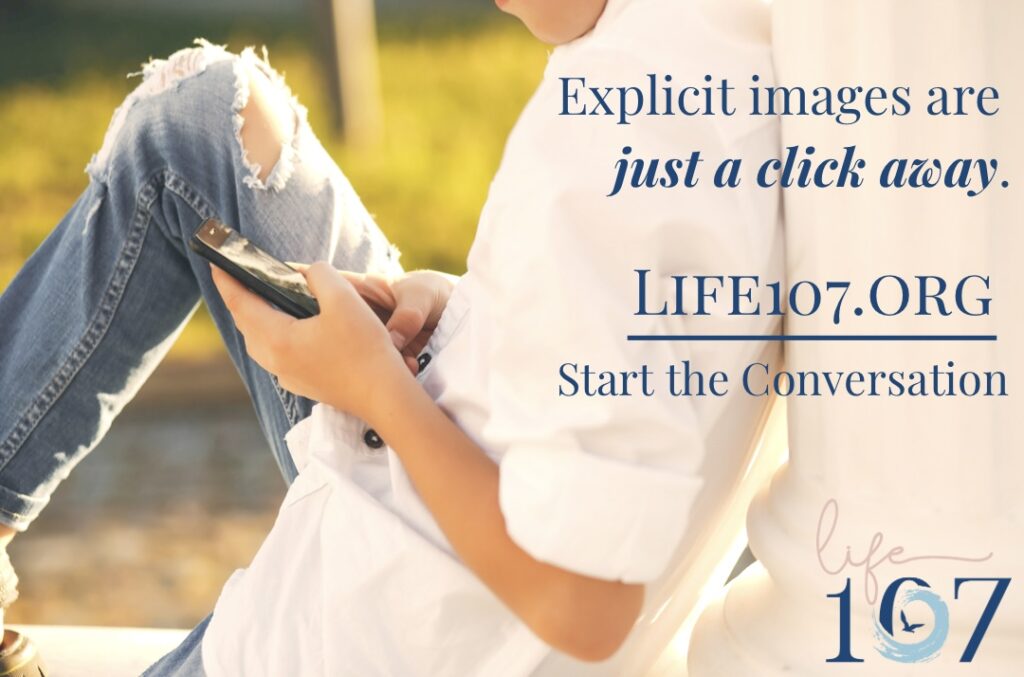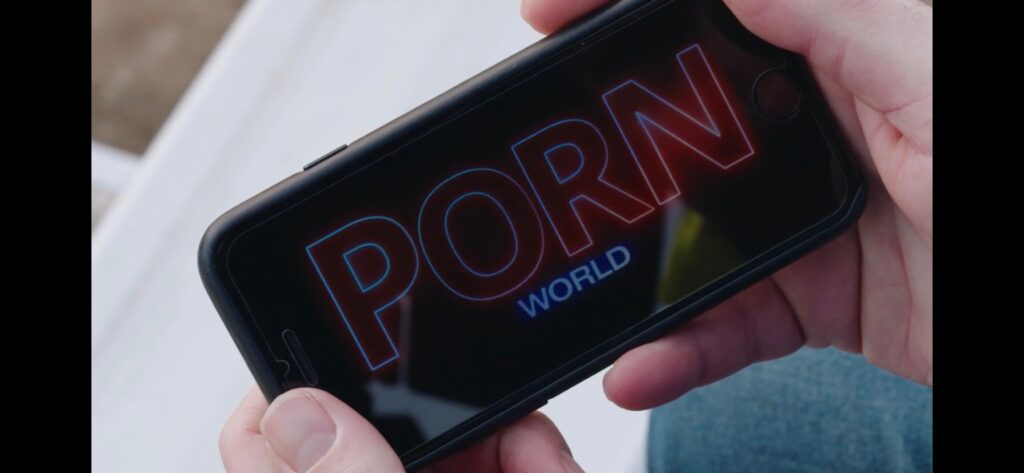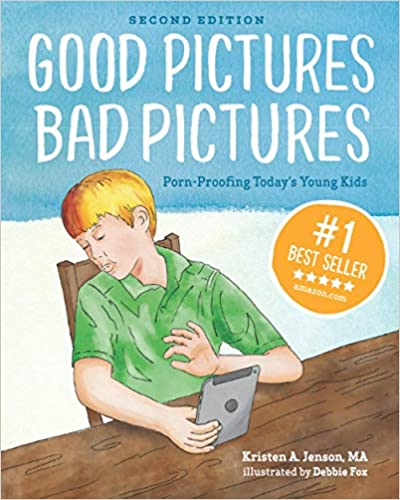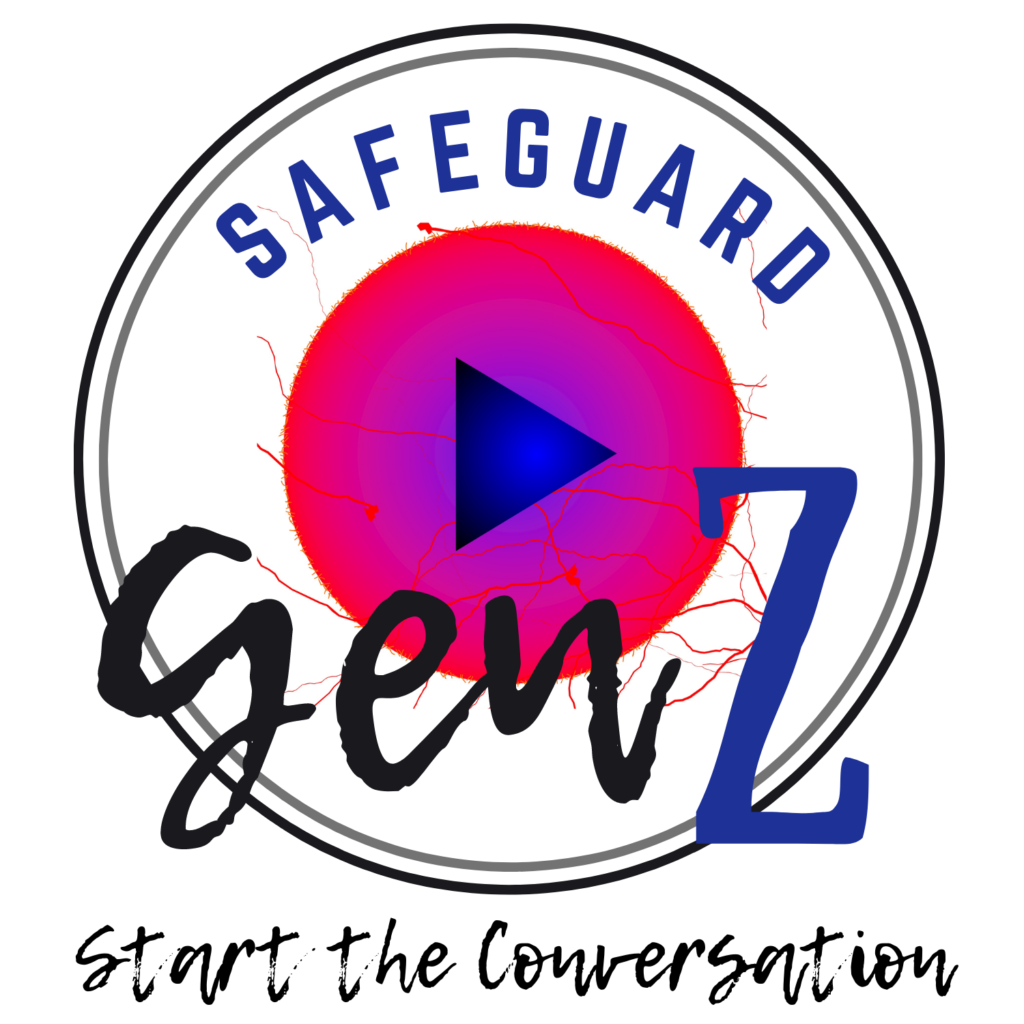“The pornographers did a kind of stealth attack on our culture, hijacking our sexuality and then selling it back to us, often in forms that look very little like sex but a lot like cruelty” ~ Gail Dines, 2010
In support of National Pornography Awareness Week, Life 107 created Just a Click Away – a campaign to help parents Start the Conversation about explicit online content (aka pornography). Our goal is to protect children from online pornography exposure and ignite conversations between parents and children to facilitate protection and safe places for disclosures of exposure and addiction to pornography.

Protecting kids online from porn exposure and predators is paramount. And the great news is, it’s never too early or late to lay the foundation for healthy views of ourselves, others, and our sexuality. The digital age has created a platform to exploit children and pornography is causing a major shift in the framework of sexuality. But there is hope to rework the framework and prevent the exposure of minors to porn. We just have to be willing to start the conversation.
We know you might have many questions about child and teen pornography use, so we want to break this down for you with 5 simple questions. Parents, be brave! Let’s start the conversation!
1) Why should I start the conversation with my child about pornography?
Porn is literally just a click away from little hands. There are more than 1.3 million porn sites on the internet (Enough.org) and the largest porn site in the world boasts more than 207, 405 clicks of their material… every, single, minute. Kids are being exposed to sex acts on screen before having the innocent experience of holding hands with a boyfriend/girlfriend for the first time.
The average age a child first sees porn is age 11 (NCOSE). And exposure is occurring in school bathrooms, in hallways, at the lunch table, on buses, and unfortunately, in homes of every community.
Porn is also very impressionable — It distorts the framework for healthy sexuality because it’s not an accurate depiction of intimacy. Internet porn is the most common form of sex education to adolescents (NCOSE) and is educating Generation Z about a sexuality that isn’t real. And this might shake us to the core, but it must be said. What is now socially acceptable in sexual encounters is perpetuated by the violence in porn — with 88% of scenes showing violent and degrading sex acts with no intimate connections (NCOSE).
Lastly, Porn is Addictive – Porn is the new drug of Generation Z because the reward system of the brain responds to porn in the same way as with a drug. Online images and videos of sex acts hijack the frontal lobe of the brain and create neurological changes similar to drug use.
This should get our attention.

2) How and where are kids exposed to porn?
– Curiosity – hearing about porn from peers or siblings and pursing porn based on curiosity.
– Unintentional exposure – being exposed to porn through a friend who wants to share what they’ve discovered. This is commonly the case at schools, in clubs, or sport team settings. Kids who have seen porn want to share what they’ve discovered, unfortunately their peers are exposed in the process.
– Pressure from other viewers. When society and culture in a school, church, or other environment creates the cultural norm that “everybody is using porn” children feel pressured to be in the know with their peers.
– Cultural norms are causing a shift in what is acceptable in sexuality through song lyrics, videos, commercials, and movies. It’s what we call cultural grooming and it’s extremely powerful in the minds of children.
– Kids can be exposed on their personal digital devises – phones, computers, and tablets. They are also exposed at other children’s homes during visits or overnight stays and at sport team practices and events.
– Environmentally, children are exposed to porn in various areas of their school — the lunch table, on the school bus, on the playground, in school restrooms.
3) What resources are available to help start this difficult but imperative conversation?

– Defend Young Minds is an amazing organization fighting online exposure to children and they have some amazing FREE resources for parents. Check them out @ Our Guides | Defend Young Minds™️
– “Good Pictures, Bad Pictures” is a wonderful book by Kristen A. Jenson. This book is a perfect read for parents and children between ages 8-11. Kristen from Defend Young Minds has also has created a Jr version for children age 3-7. These can be found on Amazon.
– Covenant Eyes has powerful software for phones, to protect children from online content, sexts/nudes, and any other sexually based content.
4) What are some simple tips for conversations with kiddos?
– Start the conversation at an early age. Remember, it’s never too early or too late!
– Use understandable terminology referring to pictures and videos. Using terms like “pictures/videos that don’t feel ok” for younger kids can be a softer way to introduce the subject. Terms like “pornography” or “porn” can be used with older children or after using softer terminology.
–Start with basics about their own body awareness. Address what body areas are “private” and what kind of pictures are “ok” or “appropriate” to see and share.
– Talk with kiddos about how to handle exposure when they stumble across pictures/videos that aren’t appropriate or when they are exposed in any other way. Knowing the steps to take when they are exposed, helps to prepare them for the circumstance. It’s important to remember it’s natural human instinct to be curious about sexuality and shame should not be part of the conversation with any child or teen.
– Discuss who they can trust when they’ve seen or been exposed to an image or video that didn’t feel ok. It’s sometimes helpful to make a list of trusted people they can turn to, including you.
– Highlight and express the beautiful gift of their sexuality. Every human has been given the gift of sexuality. No one has the right to devalue, distort, or mistreat them or their gift.
– Talk with kiddos and teens about cultural influences and what others are saying about sexuality that influences their thoughts about themselves and others. Influencers regarding views on sexuality include celebrities, singers, movies, and commercials. Discuss what messages are shaping the way our society thinks about sexuality.
Tips for Conversations with Teens
It’s important to remember when talking with older pre-teens/teens that it’s likely they have already been exposed to pornography. A great resource to have the convo is our Gen Z Safeguard Video! This five minute video covers the entirety of exploitation, including trafficking, porn exposure, and tricks of predators. Check it out @ Gen Z Safeguard Video. Start with the video and dive into conversation that create a safe space for discussion and disclosures.

5) How do I support kids and teens who have been exposed or struggle with porn addiction?
The goals of recovery for those experiencing addiction to porn are intercepting the addiction and recreating their framework for healthy sexuality. In other words, undoing what they’ve learned and resetting the system. Someone who’s experiencing porn addiction is literally experiencing a dependency as if they are addicted to a substance. Recovery and restoration begins within trusted relationships.
The 3 Cs of Support: Compassion. Connection. Care.
– Compassion makes you a safe place. As parents, becoming a safe and welcoming place means we’ve done the hard work of ensuring kiddos/teens feel loved, secure, and unjudged. And when we are parents of compassion, we will have kiddos that trust us with difficult information.
– Connection comes from compassion and gives you the opportunity to have grace conversations. Lean in with grace and compassion – remembering that no matter what has been done, minors are not to blame. Remind them how strong they are for coming forward, how amazing they are, and no matter what, this doesn’t define them.
– Care follows connection when we eliminate shame with compassion and grace. There is a heavy amount of shame felt among boys and girls struggling with porn use or addiction. Please remember, those struggling with porn consumption are victims of an industry that pursued them. We can be the safe place where children and teens are set free from shame and can experience healing.
Resources for minors who are struggling with porn:
– Support group or counseling (Dropping the Stones) WNCFreedom.org
– Accountability Software (Covenant Eyes & Bark) CovenantEyes.com
– Grace conversations to rework their sexual framework
Parents, thank you for being brave. Thank you for starting the conversation to protect your kiddos.
